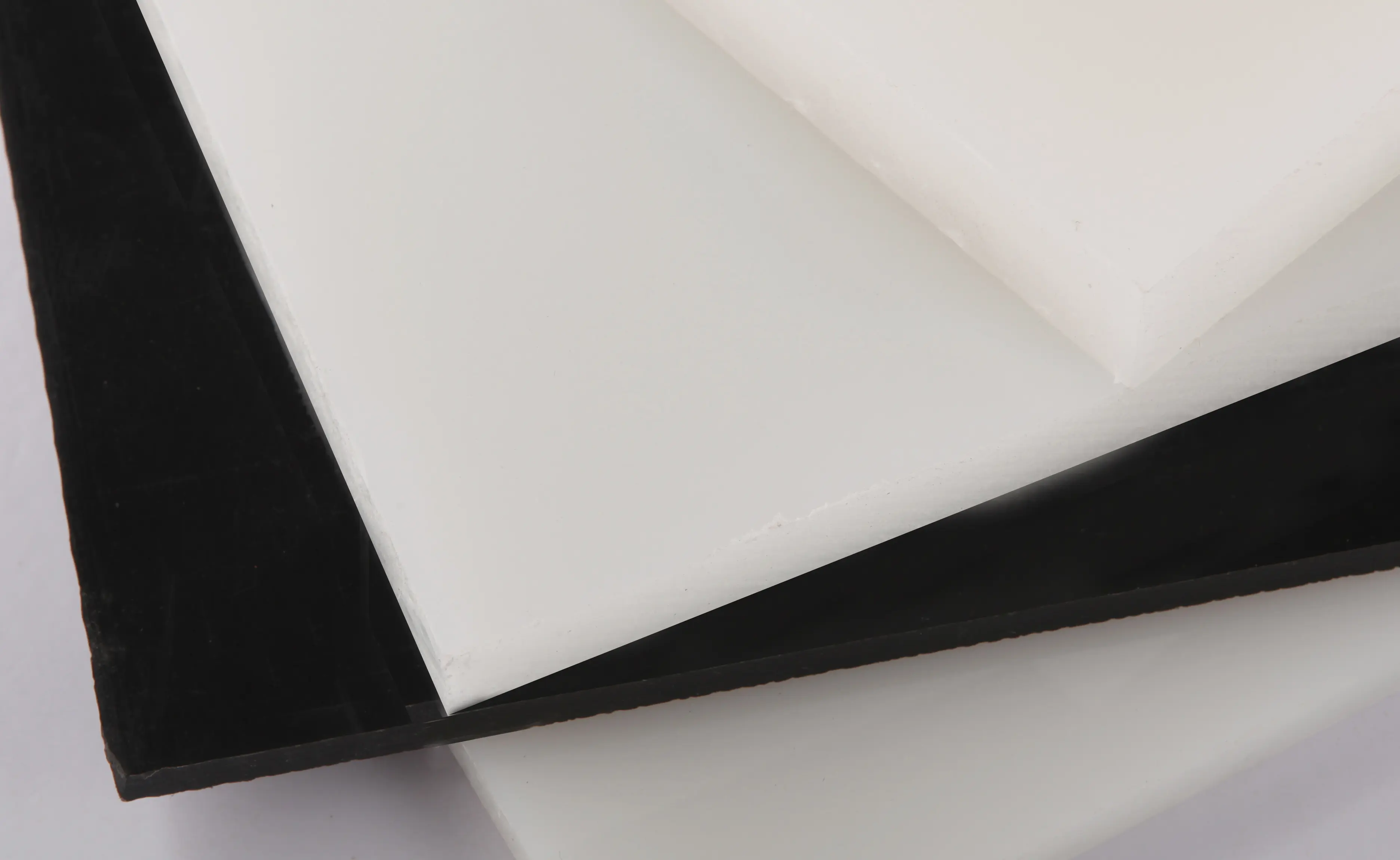Sen . 04, 2024 18:26 Back to list
High-Quality Pipe Fittings - Durable and Reliable Solutions
Understanding Pipe Fittings A Key Element in Plumbing and Construction
Pipe fittings play a crucial role in plumbing, construction, and various industrial applications. These components are designed to connect, control, and change the direction of pipes that transport liquids, gases, and other substances. Understanding the different types of pipe fittings, their materials, and their applications is essential for anyone involved in plumbing or construction.
Types of Pipe Fittings
Pipe fittings come in various shapes and sizes, each serving a specific purpose. Some common types of fittings include
1. Elbows These are used to change the direction of a pipe run. Elbows typically come in two angles 90 degrees and 45 degrees. They are essential for navigating around obstacles in both residential and industrial settings.
2. Tees Shaped like the letter T, these fittings allow for the branching of pipe runs. They can connect three pipes at 90-degree angles, making them useful for both supply and drainage systems.
3. Couplings Couplings are used to join two pieces of pipe together. They can also come in different forms, such as slip couplings which can slide over pipe ends, and threaded couplings which provide a more secure connection.
4. Reducers These fittings are used to connect pipes of different diameters. A reducer can transition from a larger diameter pipe to a smaller one, maintaining flow efficiency.
5. Caps and Plugs Caps are used to seal the ends of pipes, while plugs perform a similar function but can be inserted into the pipe to block flow. Both are vital for preventing leaks and ensuring system integrity.
Materials Used in Pipe Fittings
pipe fittings

Pipe fittings are made from various materials, each chosen based on the specific application requirements. Common materials include
- PVC (Polyvinyl Chloride) Lightweight and resistant to corrosion, PVC is widely used for plumbing applications in residential and commercial settings. It is suitable for cold and some hot water systems.
- CPVC (Chlorinated Polyvinyl Chloride) This material can handle higher temperatures than standard PVC, making it ideal for hot water applications. CPVC fittings are also resistant to corrosion and chemical damage.
- Metal (Copper, Brass, and Steel) Metal fittings are preferred in high-pressure applications and where durability is required. Copper is commonly used in water supply lines due to its antibacterial properties, while brass offers excellent corrosion resistance.
- Stainless Steel Known for its strength and resistance to rust and corrosion, stainless steel is often used in industrial environments and for applications that require a high level of hygiene, such as food and beverage processing.
Importance of Proper Installation
The efficiency of a piping system largely depends on the proper installation and selection of pipe fittings. Poorly installed fittings can lead to leaks, reduced pressure, and increased energy costs. Therefore, it is essential to follow manufacturer guidelines and utilize proper techniques to ensure reliable connections.
Conclusion
In summary, pipe fittings are indispensable components that facilitate the effective transport of fluids and gases in various applications. By understanding the different types of fittings, their materials, and the importance of proper installation, professionals and DIY enthusiasts alike can ensure the longevity and efficiency of their plumbing systems. Proper knowledge of pipe fittings can lead to smoother projects, fewer repair costs, and ultimately, a more successful plumbing or construction endeavor.
-
PVC Grey Sheet for Extraction: Chemical Resistant & Durable
NewsAug.19,2025
-
Durable PVC Pipe Fittings for Plumbing & Irrigation Needs
NewsAug.18,2025
-
HDPE Steel Belt Reinforced Spiral Corrugated Pipe | High Strength
NewsAug.17,2025
-
HDPE Pipe Fittings: Durable, Leak-Proof Solutions
NewsAug.16,2025
-
Premium CPVC Sheet: High-Temp & Chemical Resistant Solutions
NewsAug.15,2025
-
Durable PPR Pipe for Hot & Cold Water Systems - Easy Install
NewsAug.14,2025

